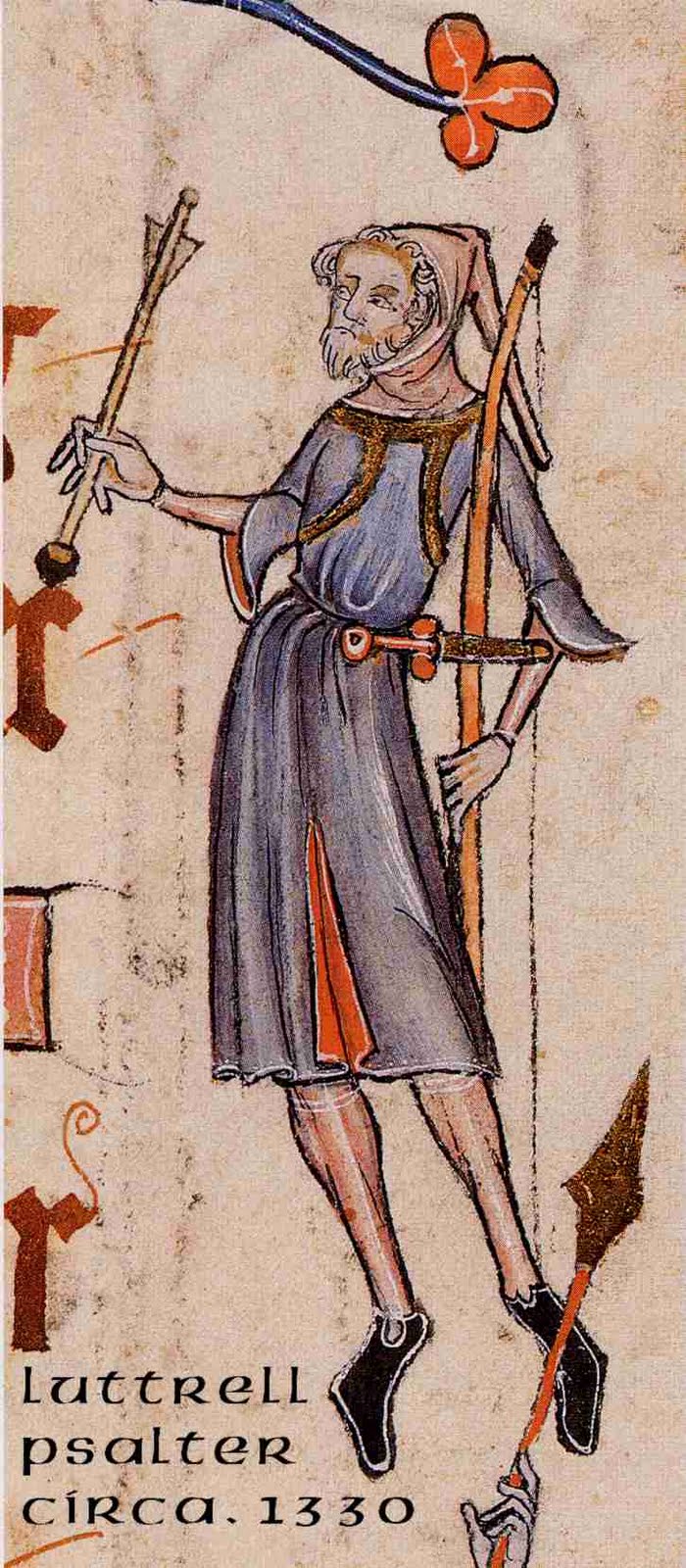Tunn11
Justified & Ancient
- Joined
- Nov 23, 2005
- Messages
- 2,442
- Location
- Under the highest tree top in Kent
I've had a quick search on this but didn't turn up anything but I may be using the wrong terms, so please merge (with my apologies) if this is covered elsewhere.
I've seen posts on ghosts "fading" as they recede into history but I'm not sure I've seen any speculation on certain periods of history producing more ghosts.
The size of the population or numbers involved in a war or similar may impact, but are certain periods more likely to produce ghosts and if so what does that say about ghosts and our perception of them?
For Example, the American Civil War has supposedly produced a lot of ghosts and haunted battlefields. The American War of Independence although older and less bloody, far fewer.
What is the ratio of "civilian" ghosts from say 1850-1900 compared to 1750-1800?
Why are there legends about "Indian burial grounds" but few if any ghosts from sites of battles or even massacres like Sand Creek?
Does our perception of history or even knowledge of it affect what ghosts we see?
Obviously the definition of a ghost impscts on this, but perhaps this also impacts on the definition of a ghost?
I've seen posts on ghosts "fading" as they recede into history but I'm not sure I've seen any speculation on certain periods of history producing more ghosts.
The size of the population or numbers involved in a war or similar may impact, but are certain periods more likely to produce ghosts and if so what does that say about ghosts and our perception of them?
For Example, the American Civil War has supposedly produced a lot of ghosts and haunted battlefields. The American War of Independence although older and less bloody, far fewer.
What is the ratio of "civilian" ghosts from say 1850-1900 compared to 1750-1800?
Why are there legends about "Indian burial grounds" but few if any ghosts from sites of battles or even massacres like Sand Creek?
Does our perception of history or even knowledge of it affect what ghosts we see?
Obviously the definition of a ghost impscts on this, but perhaps this also impacts on the definition of a ghost?




